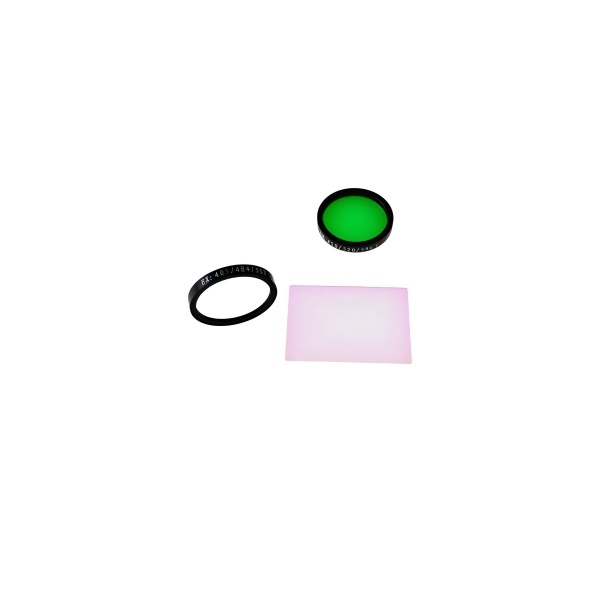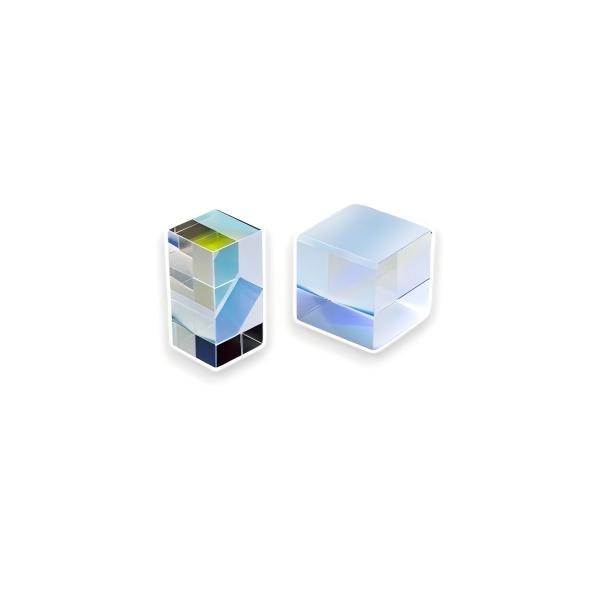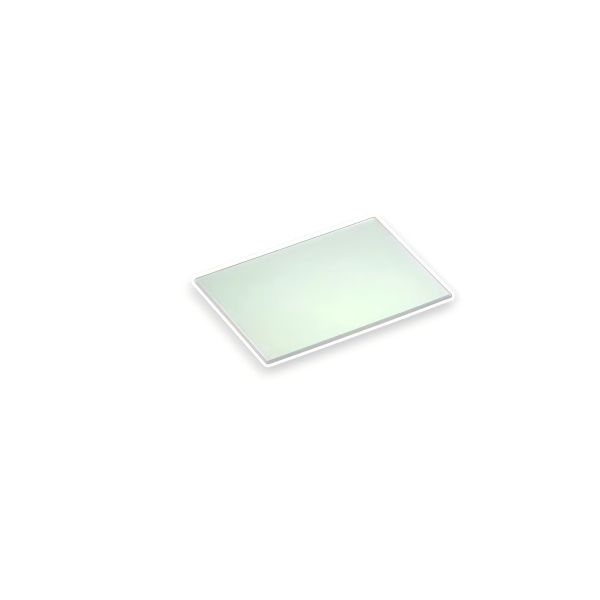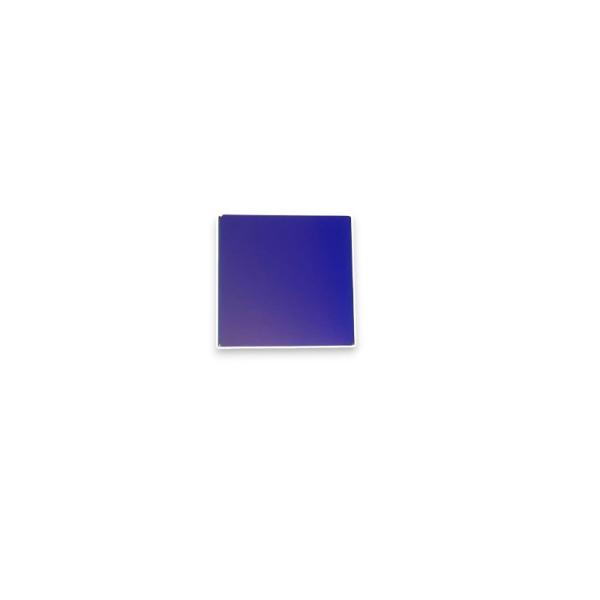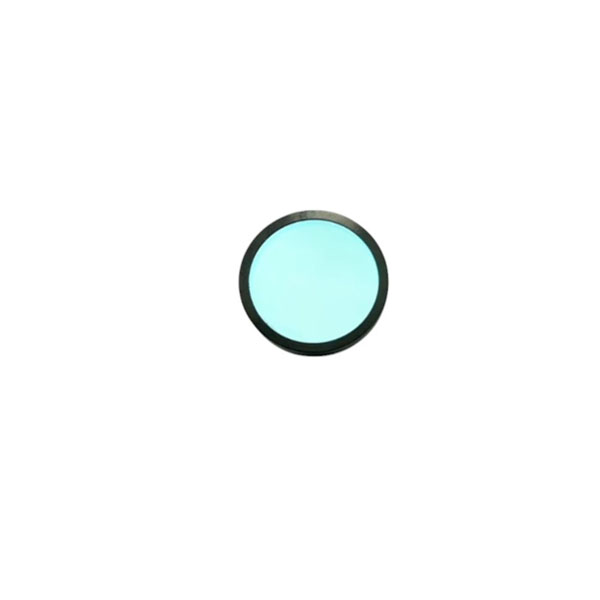

428/15nm Narrow Band Bandpass Filter
428/15nm Narrow Band Bandpass Filter is an optical filter to transmit centered at 428nm and FWHM 15nm. Coligh manufactures EUV to IR bandpass filter.
It has features below:
- Precise control on center wavelength and FWHM
- High Transmission > 90%
- Deep blocking depth OD>=6
- Mutilayer hard coating and long lifetime
Products Categories
Get A Free Quote
Hard-Coated 428nm Narrow Band Optical Filter Description
428/15nm narrowband bandpass filter Coligh manufactures’ core function is to selectively transmit optical signals of a specific wavelength (428nm) while strictly suppressing out-of-band interference light
- The central wavelength is 428nm, and the tolerance is controlled within the range of 428+/-1nm to ensure accurate matching of the target wavelength.
- Half bandwidth is 15nm, tolerance is +/-1nm, spectral selectivity is excellent, and excitation light and ambient stray light are effectively filtered out
- By optimizing the film stacking structure, >90% transmission efficiency is achieved at 428nm, maximizing the utilization of optical signals, especially suitable for weak light detection
- We use highly uniform fused quartz or B270 as the substrate, with low thermal expansion coefficient, and adapt to wide temperature environment.
- We use multi-layer dielectric hardness coating technology, through ion-assisted deposition (IAD) technology, double-sided coating, wear resistance and aging resistance.
- We support customization of size, thickness, shape, and band
428/15nm Narrow Band Bandpass Filter Technical Datasheet
| Parameter | Specification |
| Center Wavelength (CWL) | 428 nm ± 1 nm |
| Full Width at Half Maximum (FWHM) | 15nm± 1 nm |
| Peak Transmission | 90% |
| Blocking Range | 350-1000nm |
| Optical Density (OD) | OD ≥ 6 outside passband |
| Angle of Incidence (AOI) | 0° +/-5° |
| Surface Quality | 60/40 scratch-dig (per MIL-PRF-13830B) |
| Substrate Material | B270 or Fused Silica |
| Coating Type | Hard-Coated Interference Filter/ IAD Assisted Coating |
| Thickness | 1mm (typical) |
| Filter Dimensions | Custom sizes available (e.g., Ø12.5 mm, 60×60 mm) |
| Clear Aperture | >90% of physical size |
| Operating Temperature | -40°C to +85°C |
428/15nm Narrow Band Bandpass Filter Applications
- Fluorescence microscopy
DAPI and Hoechst dyes need to be imaged by excitation and emission light separation at specific wavelengths, but the weak fluorescence signal of the sample is easily submerged by the excitation light or ambient stray light, resulting in low image contrast and poor signal-to-noise ratio. The 428/15nm filter can be placed in the detection light path of the microscope, allowing only the dye emission light to pass through, strictly blocking the excitation light and other background light. Accurately separate signals to improve the clarity of fine structures such as cell nuclei and chromosomes - Water quality UV absorption detection
Water quality analysis requires the detection of specific pollutants, such as nitrates and COD characteristic absorption signals in the ultraviolet band, but suspended particles and organic matter in the water body will introduce wide-spectrum background interference, resulting in reduced detection accuracy. The 428/15nm narrowband filter can be integrated between the light source and the detector of the UV-visible spectrophotometer or online monitoring equipment, allowing only 428nm±7.5nm narrowband light to penetrate the sample, and other wavelengths of light are filtered out. Coupled with high transmittance, it is suitable for low-concentration pollutant detection. - Semiconductor wafer defect detection
Semiconductor manufacturing requires the detection of nano-scale defects, but the reflected light on the wafer surface overlaps with the wavelength of the defect signal, and traditional wide-spectrum light sources can easily cover up tiny features. The 428/15nm bandpass filter is paired with a 428nm monochromatic light source or laser, and the filter is placed at the receiving end of the imaging system to capture only specific scattering/reflection signals in the defect area - Perovskite material photoluminescence analysis
The photoluminescence spectrum of perovskite film is in the 420-440nm range, which can reflect material defects and band structures, but the PL signal is weak and easily submerged by the excitation light. This filter can be placed in front of the spectrometer entrance, only transmitting the emission light near 428nm, while completely blocking the excitation light, accurately characterizing the material properties

